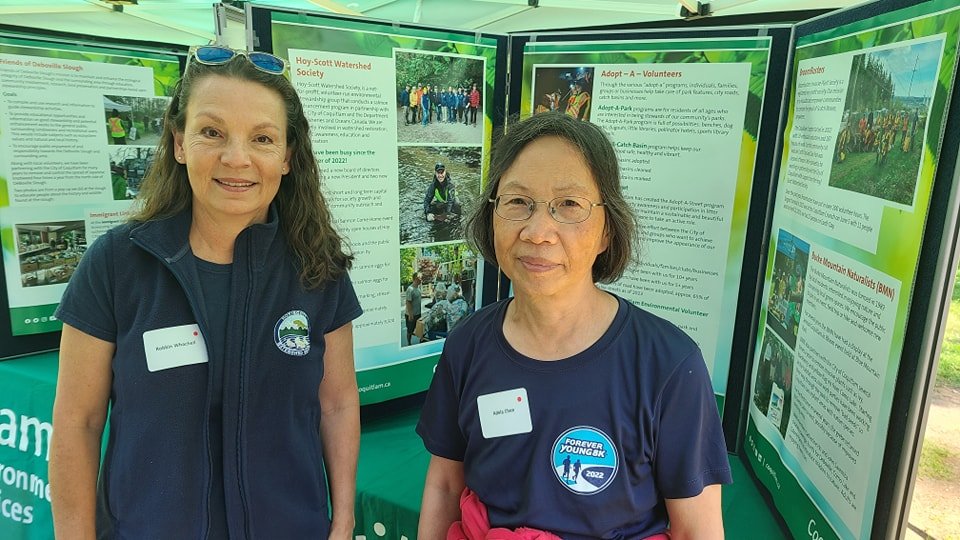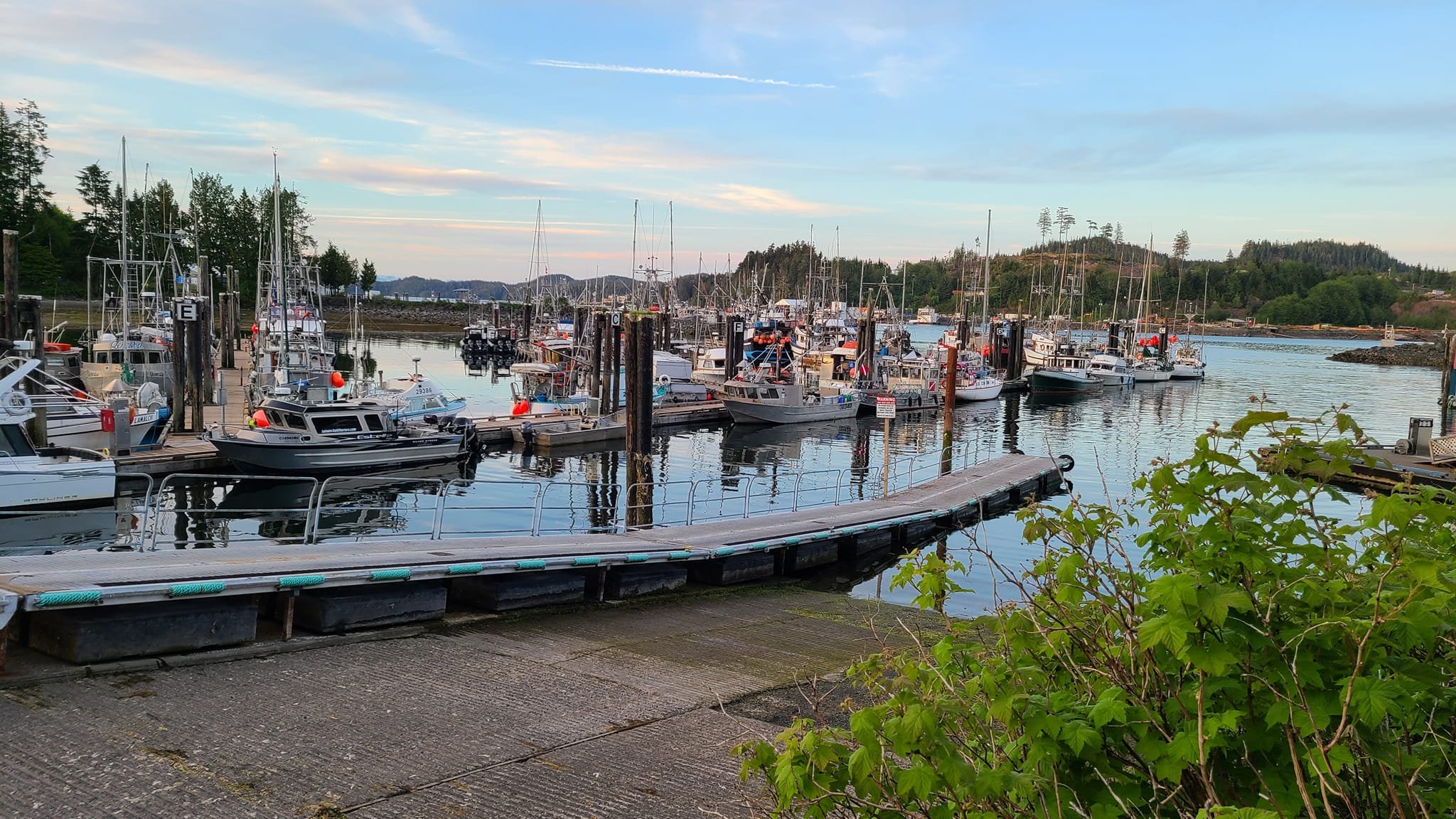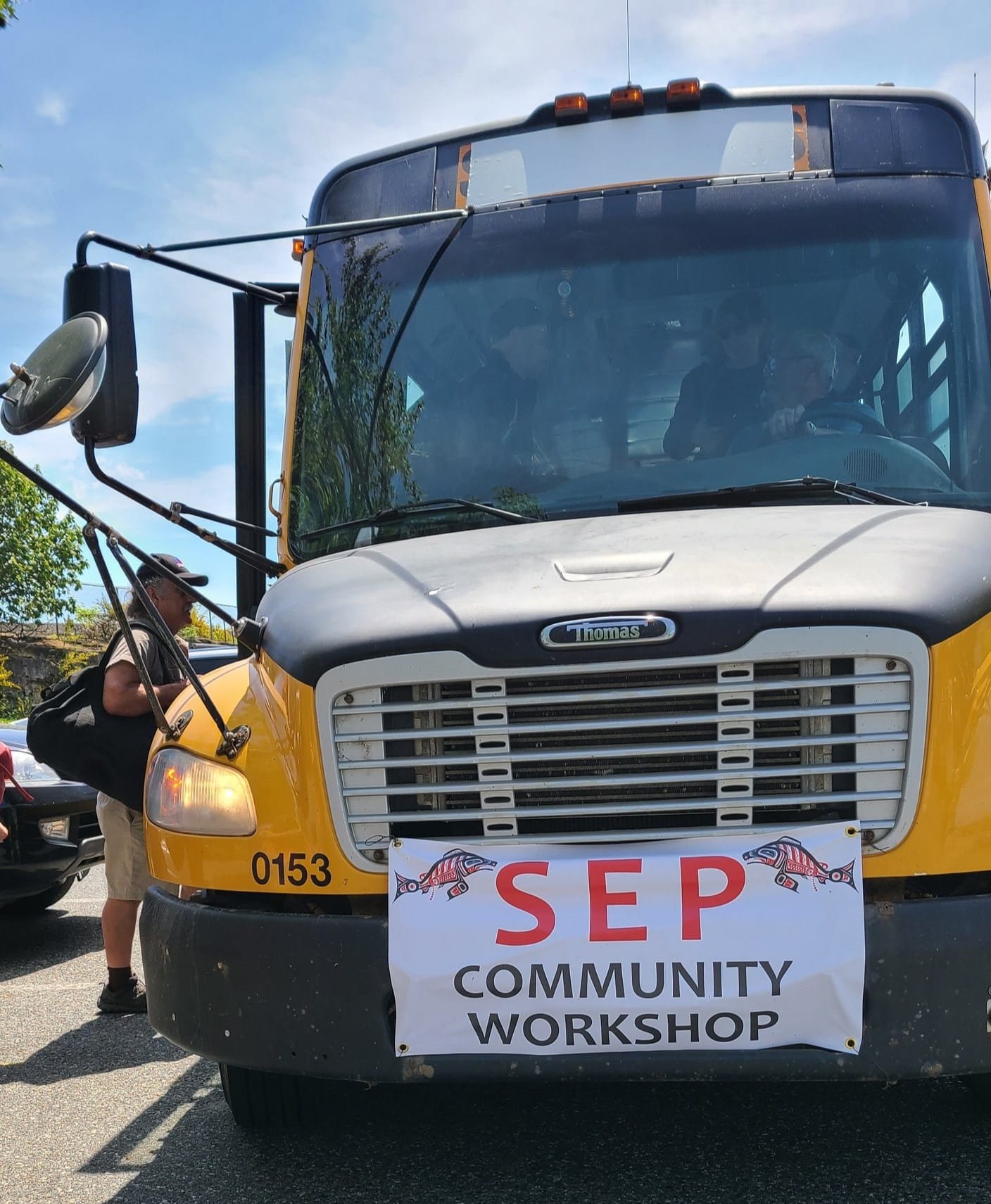Juvenile trapping involves baiting gee minnow traps and having them soak overnight in various locations in the creek to survey what’s present in those locations. A trapping activity can provide an understanding of:
What types of fish are present in the creek?
How big are the fish?
Are they hatchery-raised fish or wild fish?
Where do hatchery released Coho end up?
Where are these fish located?
What areas of the creek do they use?
How healthy do the fish appear?
Outside of some limited gee trapping to remove fish from the lower pond prior to sediment removal, this may have been the first series of juvenile trapping conducted by the Society.
The process started back in February with the application to the Department of Fisheries & Oceans (DFO) for a scientific license to trap for fish. The Society was issued a permit in March however the unstable weather conditions through much of March and April prevented us from getting out and trapping earlier.
The time of year that trapping is conducted is important as different times of year have different life stages for fish. For example, when trapping in April, we wouldn’t expect to see Chum fry present but would expect to see Coho fry as well as Coho parr/pre-smolts. As we get to the summer months, June through August, we might start to see trout fry (Cutthroat, Rainbow). Trout parr could be observed throughout the year.
The last weekend in April finally presented suitable weather conditions for us to trap. At the suggestion of Connie Boulos, Maple Creek Streamkeepers, we used salmon-flavoured wet cat food for our bait balls (tied up with cheesecloth). The Maple Creek Streamkeepers have conducted many years of juvenile trapping to understand what’s present in Maple Creek.
Hoy/Scott Watershed Society members, Rodney, Hannah and Aiden set traps on Friday night. Locations were selected that were deep enough to fully submerge the trap as well as have slow water to prevent fish from getting trapped, exhausted and die because of water that is too fast and fish being held too long.
Then, Hannah and Rodney retrieved the traps on Saturday night and gathered data on what was captured including species identification, length, and, in the case of Coho, hatchery or wild.























